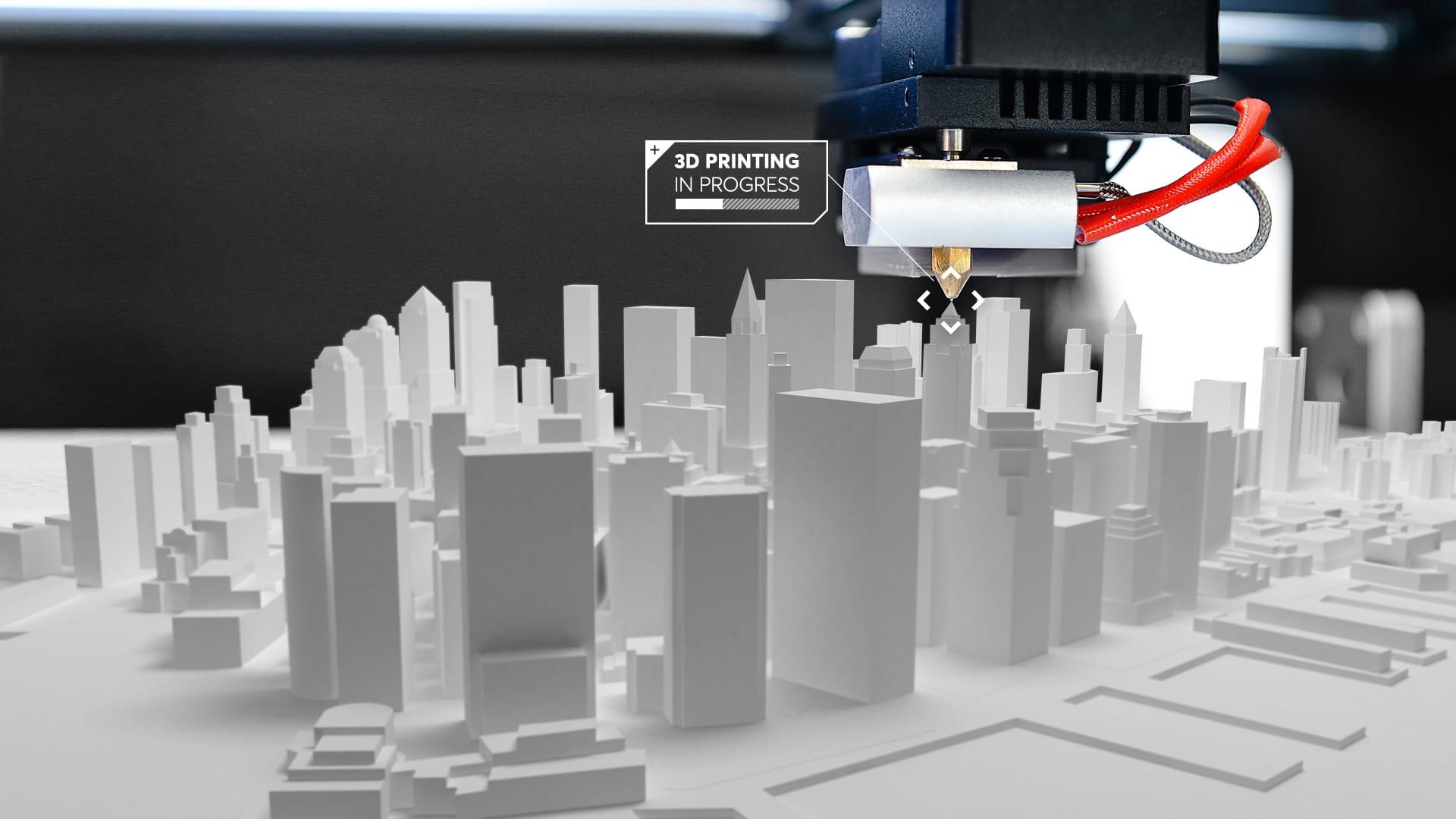3D printing, also known as additive manufacturing, is revolutionizing various industries, and one area that is benefiting greatly from this technology is real estate construction. The ability to create three-dimensional objects from digital designs has immense potential in the construction industry. This article explores the applications, benefits, and challenges of 3D printing in real estate construction and its impact on the future of the industry.
Applications of 3D Printing in Real Estate Construction
1. Building Components: One of the most significant uses of 3D printing technology in construction is creating building components. This includes walls, floors, roofs, columns, and other structural elements. By using large-scale 3D printers, construction companies can speed up the building process while maintaining precision and quality.
2. Customization: 3D printing allows architects and engineers to create unique and customized structures by easily modifying digital models. This technology empowers designers to experiment with creative and unconventional designs that were previously challenging to realize using traditional construction methods.
3. Prototyping: Before starting the actual construction process, architects and engineers can 3D print scaled-down versions of their designs. This allows them to identify potential design flaws, iterate quickly, and make necessary adjustments before going ahead with the full-scale construction, thereby minimizing costly mistakes.
Benefits of 3D Printing in Real Estate Construction
1. Speed and Efficiency: Using 3D printing technology in construction significantly speeds up the building process. Printing complex components or even entire buildings is faster than traditional construction methods, resulting in shorter project timelines and reduced labor costs.
2. Cost Savings: 3D printing in construction can lead to substantial cost savings. With reduced labor and construction time, projects become more cost-effective. Additionally, by using precise digital models, material waste is minimized, saving further costs in the long run.
3. Sustainability: Embracing 3D printing technology promotes sustainability in the construction industry. By optimizing material usage, reducing construction waste, and utilizing eco-friendly materials, the environmental impact of construction can be significantly reduced.
4. Improved Quality and Safety: 3D printing ensures precision and accuracy in building construction. With the ability to create identical components and eliminate human error, the quality of the final structure is enhanced. Moreover, 3D printing can also be employed to create safety features and sensors within the building itself.
Challenges and Limitations
1. Regulations and Standards: As a relatively new technology in the construction industry, there is a lack of standardized regulations and building codes for 3D printed structures. Governments and industry bodies need to establish guidelines to ensure safety and compliance with building regulations.
2. Material Limitations: The materials used in the traditional construction industry may not be suitable for 3D printing. Developing new materials compatible with 3D printers that possess the required strength, durability, and cost-effectiveness is essential for widespread adoption.
3. Scale and Size Constraints: The scalability and size limitations of current 3D printing technology pose challenges in constructing large-scale buildings. While it is possible to print individual components, the assembly process for these components is an area that needs further development.
The Future of 3D Printing in Real Estate Construction
The future of 3D printing in real estate construction looks promising. As technology advances and these challenges are addressed, we can expect to witness its widespread adoption and even more innovative applications. Some potential future developments include:
1. On-site Construction: Portable, on-site 3D printers could revolutionize the construction industry by eliminating the need for transporting building materials and reducing logistical challenges. This could enable rapid building construction in remote or disaster-hit areas where traditional methods are limited.
2. Sustainable Materials: With the growing concern for environmental sustainability, research is being conducted to develop bio-based materials that can be used in 3D printing. These materials would provide greater sustainability benefits and reduce the dependency on traditional construction materials.
3. Increased Complexity: Future advancements in 3D printing technology may enable the creation of more complex geometries, intricate designs, and architectural marvels that were previously unthinkable. This would further enhance the possibilities for creativity and unique construction projects.
Conclusion
3D printing in real estate construction has already made a significant impact on the industry. Its applications, benefits, and potential for the future are immense. Despite the existing challenges, continuous advancements and investments in research and development are expected to overcome these limitations. As 3D printing technology continues to evolve, we can anticipate transformative changes in the construction industry with higher efficiency, reduced costs, and increased sustainability.
